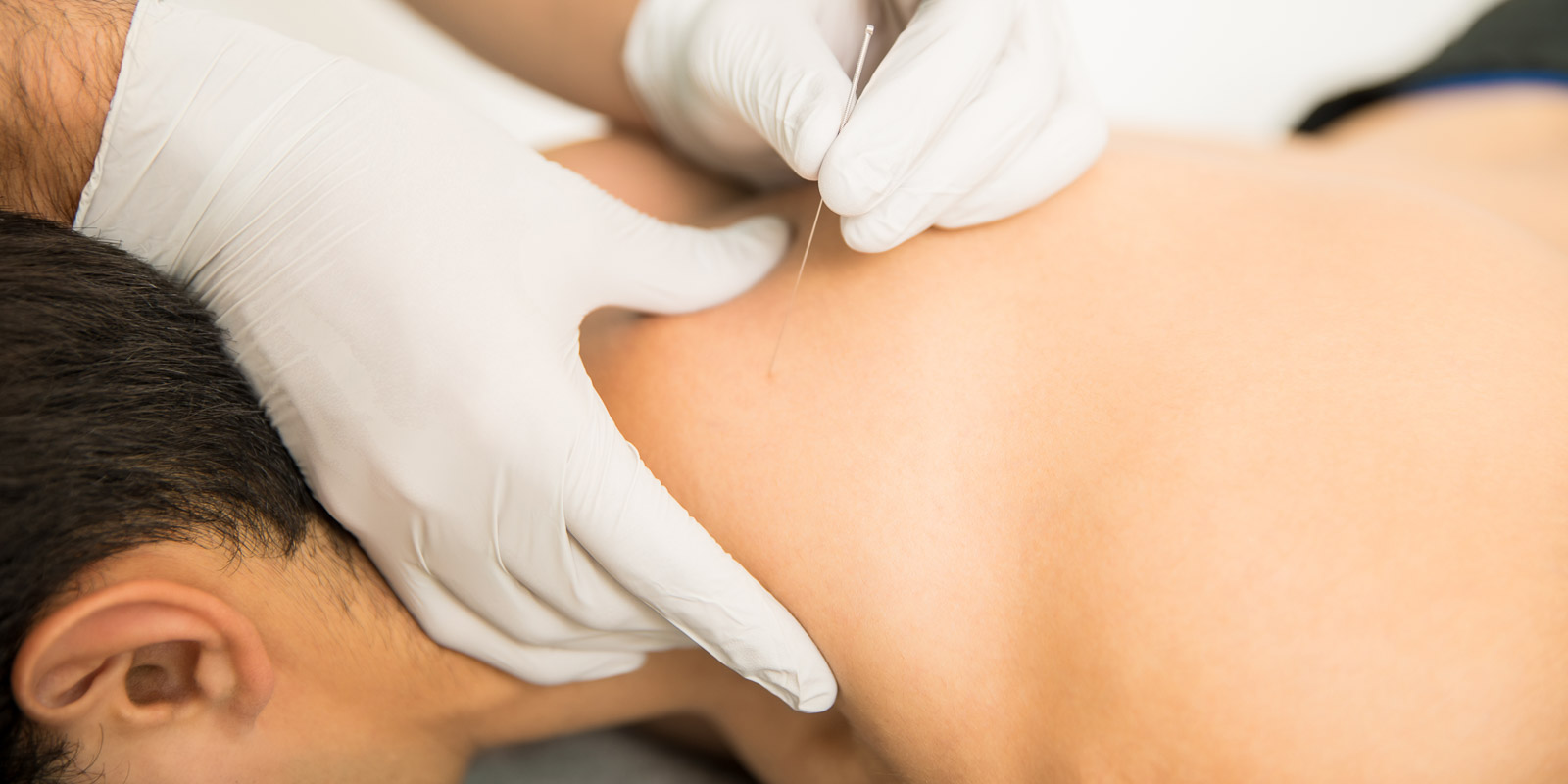
Dry Needling Treatment
About
Hunt Regional Healthcare is now offering a new method of chronic pain management – a technique called dry needling. Administered by our certified dry needling therapist, this method of rehabilitation can be used to treat almost any area of the body. Learn more about dry needling below:
Many people think that dry needling and acupuncture are more or less the same but are very different treatments. While acupuncture is based in eastern medicine and can involve several different parts of the body during a single session, dry needling is a new, science-based intervention that targets a specific area.
During a dry needling treatment, fine needles are inserted into painful knots in the muscles, tendons and ligaments or nerves in order to stimulate a healing response. It is used to help manage a variety of different chronic pain-causing conditions, including:
- TMJ
- Osteoarthritis
- Neck pain
- Back pain
- Carpal tunnel
- Plantar fasciitis
- Headaches
- Tennis elbow
- Shin splints
- Shoulder impingement
Dry needling, performed by certified therapists, involves the careful placement of needles to stimulate affected areas and prompt the body's healing response. Techniques like alternating depth, twisting, and movement help target deeper muscles.
Despite the word "needle," sessions are typically low in pain, with minimal bleeding. Success rates vary depending on the condition and goals, but it's not a one-time treatment; continued sessions are necessary alongside other therapies. To try dry needling, you'll need a therapy referral from your physician.
For inquiries, contact Hunt Regional Medical Center Therapy Services at 903-408-1886.

